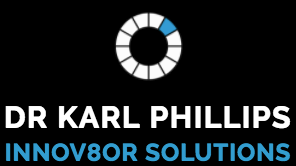Skill
Skill
The process of stimulating people to actions to accomplish certain goals, driven by a felt need or drive, then a stimulus in which needs have to be aroused and finally at the end a satisfactory or accomplishment state, accompanying a belief in the moral benefit and importance of the work and its inherent ability to strengthen character
Competency
Competency
Innovator
Competency Level
Competency Level
95%
Knowledge (Theories, Ideas & Concepts)
Through Professional/Personal Study Gained Through Experience
Skills & Application of Knowledge
in Real World Situations
Together with Responsibilities/Accountabilities
Selected Challenges & Approaches
Together With lessons Learnt
Selected Achievements & Successes
Together with Any ‘So What’ Statements of Insights
